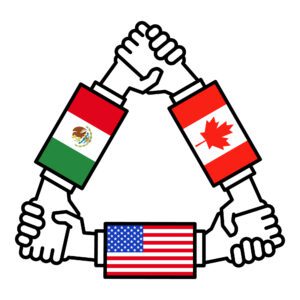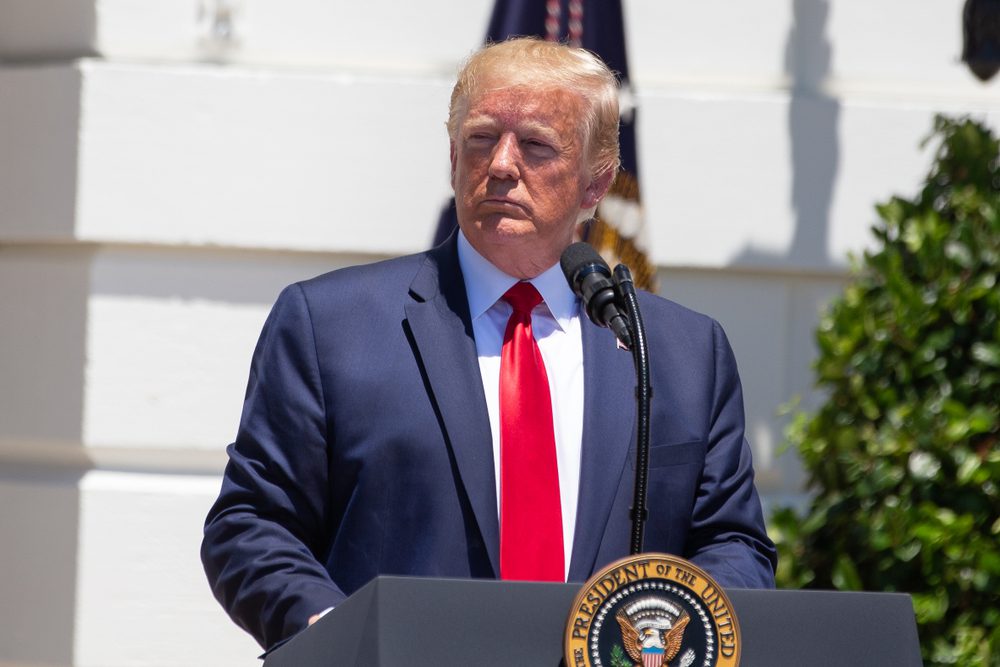With bated breath, many in the automotive industry have been waiting for the word on the United States-Mexico-Canada Agreement (USMCA) and how it will improve upon the (North American Free Trade Agreement) NAFTA that has been in place since January 1994. In recent months, there has been much uproar over the potential for automotive tariffs. In May, President Donald Trump proposed a five percent tax on all goods coming from Mexico, and industry experts discussed the possibility of a 25 percent tariff on various materials used by automobile manufacturers. Many feared the implementation of these tariffs would adversely impact demand for cars, and lead to the loss of jobs of those in the automotive industry. Fortunately, for some, it looks as if there is a light at the end of the tunnel as Congress and President Trump have created a new framework for managing North American trade through the USMCA.
A Favorable Deal for the Major Players
The leaders of all three countries are satisfied with the deal. However, regarding automotive industry feelings, NADA 2019 Chairman, Charlie Gilchrist, also expressed support for the USCMA. On October 8, at the Automotive Press Association luncheon, Gilchrist showed his optimism for the agreement and urged Congress to move forward in making the approval official. During the event, Gilchrist highlighted the importance of NAFTA’s role in promoting free trade and emphasize the crucial place Mexico and Canada hold in this process:
“NAFTA has greatly enhanced the global competitiveness of the U.S. auto industry, and this edge in competitiveness has allowed dealers to offer our customers more choices at better prices. We cannot escape, nor should we try to undo, the reality that the U.S. auto industry is built on a favorable trading relationship with our two biggest trading partners—Canada and Mexico.” At the heart of Gilchrist’s encouragement for Congress to move forward with implementation was the USMCA’s favorable impact on the automobile industry, U.S. economy, and the customers:
“The U.S.-Mexico-Canada Agreement that the President has negotiated will maintain auto production and distribution in North America. It will preserve the global competitiveness of the U.S. automotive industry. And it will enable dealers to continue providing affordable vehicle options for American consumers.”
At the heart of Gilchrist’s encouragement for Congress to move forward with implementation was the USMCA’s favorable impact on the automobile industry, U.S. economy, and the customers:
“The U.S.-Mexico-Canada Agreement that the President has negotiated will maintain auto production and distribution in North America. It will preserve the global competitiveness of the U.S. automotive industry. And it will enable dealers to continue providing affordable vehicle options for American consumers.”
How Could the USMCA Impact the Auto Industry
For those seeking a concrete trade agreement to bring stability to the automotive industry, in particular, the USCMA looks to be the answer. So, how can this agreement benefit the automotive industry?
- The deal encourages 75 percent of auto content to be made in North America. – So, while this includes all of North America, it is guaranteed that at least a portion of the manufacturing process will remain in the United States, which preserves jobs and keeps revenue in the country.
- Forty to 45 percent of auto content will be made by workers earning at least $16 an hour. – The federal minimum wage in the U.S. is $7.25 (check on this), so this is excellent news for automotive industries looking to compete for more high-quality talent.
- Stronger rules of origin – The goal is to ensure that American parts receive preferential tariff benefits, so American auto manufacturers and producers retain money spent.
These are just a few of the points that are driving the conversation among Mexico, Canada, and U.S. automakers and dealers.
Has it Been Ratified?
As of right now, the USMCA has been agreed upon by President Donald Trump, Mexican President Enrique Pena Nieto, and Canadian Prime Minister Justin Trudeau. However, each country’s legislature has to vote to implement the agreement. So, the bill is stalled in the U.S. House of Representatives. Recently the Mexican President has urged Speaker Nancy Pelosi to move forward in having the House approve this agreement, but the final process has yet to occur. There is some speculation that current impeachment proceedings are impeding progress toward formally approving this bill. So, dealers may still have to wait a bit longer before the USMCA becomes the new trade standard.







